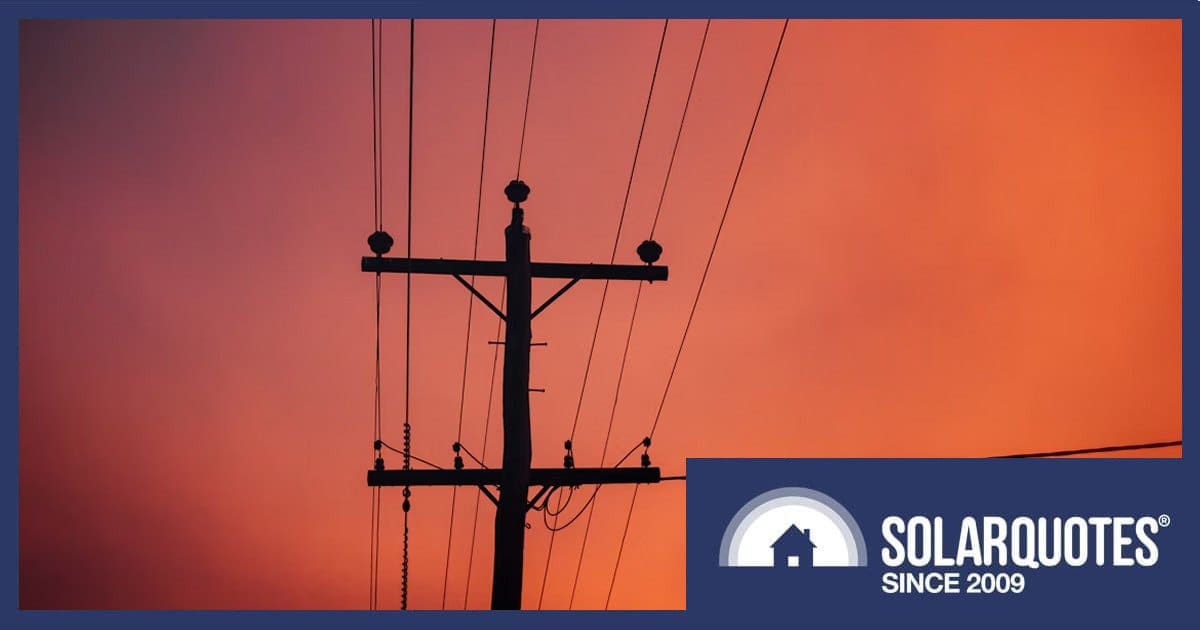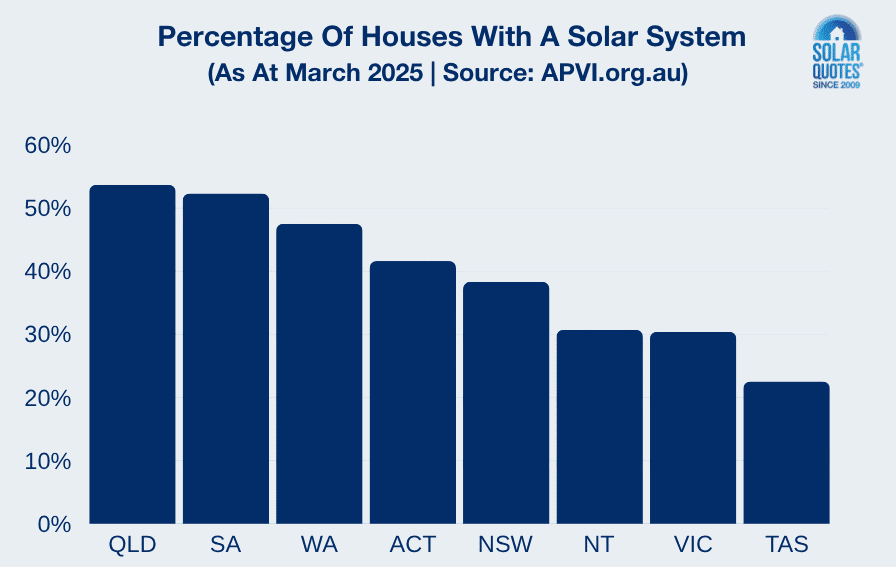
The Northern Territory’s Country Liberal Party (CLP) Government has announced a three-phase (no pun intended) reform of NT electricity pricing, including a solar feed-in tariff boost from next week.
Like most other states and territories, electricity prices will be going up in the Territory from July 1, albeit by a comparatively modest 3%.
It’s worth noting that NT households and small businesses don’t pay the ‘real’ price of electricity. The NT’s Concession Scheme and Community Service Obligation (CSO) takes much of the sting out of bills. Without the CSO, an average household in Darwin would be paying close to 50% more, and even more in regional and remote areas.
In 2025–26, the CLP Government will boost funding for the CSO by $51 million, spending $192 million to subsidise power prices.
As for the reforms, the first phase will roll out on July 1, 2025. For household and small business customers, the only change aside from the electricity price increase is the Northern Territory’s solar feed in tariff will double from 9.33 cents per kilowatt- hour (kWh) to 18.66c/kWh; but only for energy exported to the grid between the hours of 3pm and 9pm.
The second phase kicks in on January 1, 2026:
- For household supply, the first 55 kWh per day will be charged at the normal household rate. Consumption above that will be charged at a rate equal to that of small businesses, which is currently about 4.8c/kWh more expensive for customers with a standard (i.e. non-pre-payment) meter1.
- New time-of-use electricity plans will be available for households and small businesses (details not provided).
And the third-phase commences July 1, 2026; but there doesn’t appear to be anything in that affecting households and small business customers.
Commenting on the changes, Treasurer Bill Yan said:
“These reforms are about long-term sustainability, keeping costs low where it matters most, while ensuring we can continue to subsidise electricity for Territorians in a fair and responsible way.”
Home Solar Power (And Batteries) In The NT
While blessed with bountiful solar energy resources, the Northern Territory lags behind most other jurisdictions on home solar panel uptake. According to the Australian PV Institute (APVI), around 30.7% of detached/semi-detached houses have had solar installed. Here’s how the NT stacks up against other states2:
Solar system prices in the NT tend to be substantially higher than elsewhere in Australia3. But based on a installed price of $13,000 for a 10 kW system after rebates, the SolarQuotes solar calculator with other settings left at default estimates a simple payback period of 7 years, 8 months.
The most recent data from Australia’s Clean Energy Regulator indicates more than 24,000 solar systems have been installed in the NT to date.
Up until recently, the Northern Territory was home to a very generous solar battery rebate. Starting from the beginning of December 2024, eligible homeowners and businesses could access a grant of $400 per kilowatt hour of useable battery system capacity, up to a maximum grant of $12,000. But it didn’t last long – the Home and Business Battery Scheme (HBBS) recently reached its $6 million funding allocation and closed to new grants. At this point, the number of installations under the program haven’t been revealed.
However, NT solar owners can take advantage of the federal battery rebate that kicks off next week; providing a maximum of $372 per kilowatt-hour (kWh) of usable battery capacity in 2025. This will work out to *approximately* $330/kWh after administrative fees and charges.
Footnotes
- According to NT’s Power & Water, a typical Territory household consumes about 8,500 kWh of electricity each year. While this is almost double the consumption of a typical NSW household and the highest in Australia, 8,500 kWh annually works out to just over 23 kWh a day. So, unless a household is really chewing through electricity, they are unlikely to be affected. ↩
- Note there are various limitations and assumptions associated with these figures, including not taking into account systems that have been decommissioned. ↩
- PV systems are more expensive in the Northern Territory due a number of factors including good NT solar installers being thin on the ground, the need for cyclone-rated installations across Darwin and some other areas, and the tyranny of distance. ↩


 RSS - Posts
RSS - Posts



Speak Your Mind